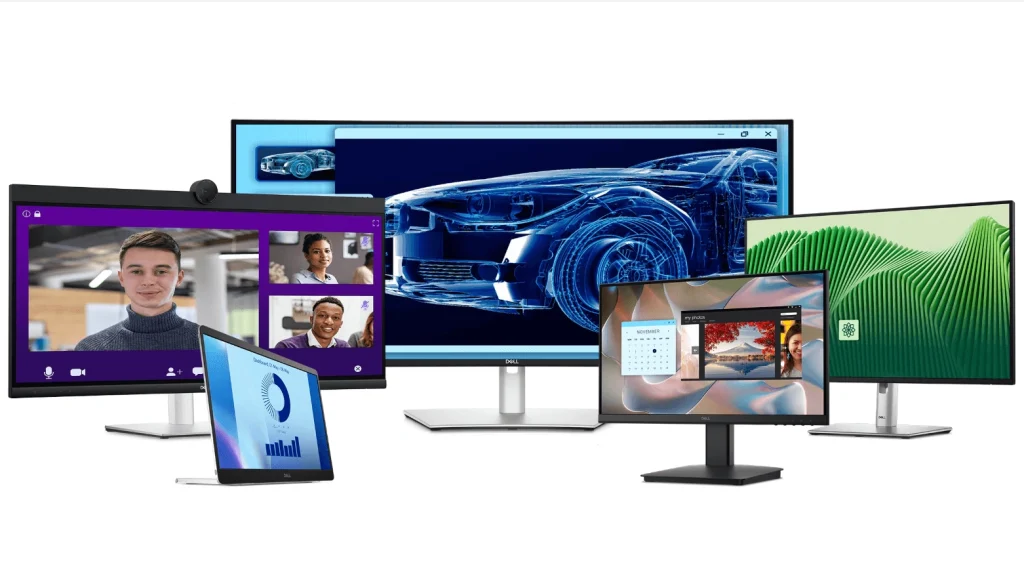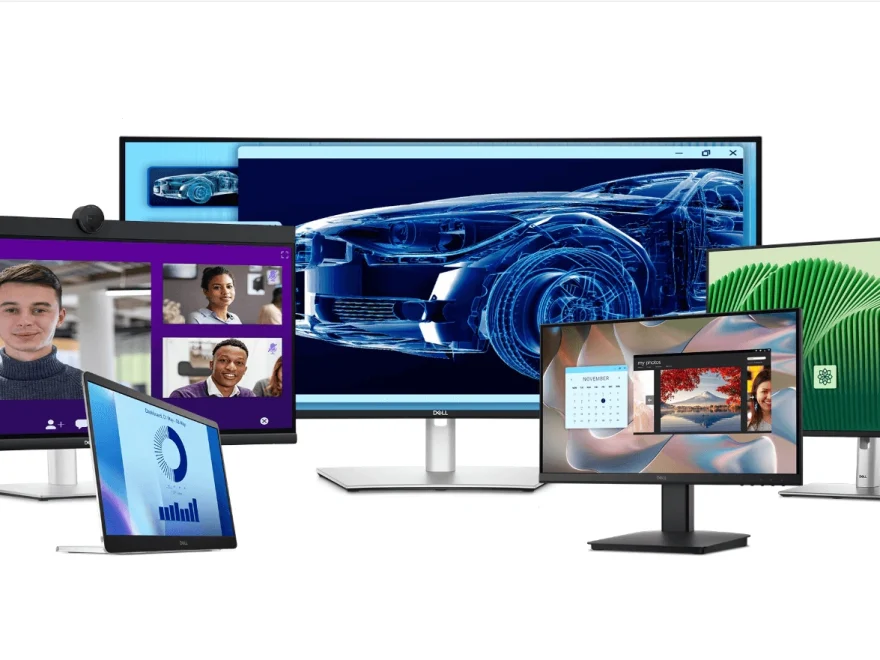Choosing the right computer monitor size can make a huge difference in your comfort, productivity, and overall computing experience. Whether you’re gaming, working, or streaming, understanding how to measure and interpret monitor sizes is essential before making a purchase.
In this guide, we’ll walk you through the most important aspects of computer monitor sizes and give you practical tips to choose the perfect screen for your needs.

Content
How to Measure Computer Monitor Sizes
1. Measure the Diagonal Size
The diagonal size is the most common way monitors are measured. Use a tape measure to measure from the top-left corner of the screen to the bottom-right corner. This number, usually expressed in inches, represents the monitor’s advertised size.
Pro Tip: When comparing monitors, remember that the diagonal size doesn’t reflect the usable screen area perfectly, especially on ultra-wide or curved monitors.
2. Measure the Width and Height
Knowing the width and height of a monitor helps ensure it fits your desk and workspace. Measure the screen from edge to edge, excluding the bezel, to get accurate dimensions.
Example: A 27-inch monitor with a 16:9 aspect ratio usually has a width of about 23.5 inches and a height of about 13.2 inches.
3. Check the Aspect Ratio
The aspect ratio is the proportional relationship between the width and height of a screen. Common ratios include 16:9 for standard widescreens, 16:10 for productivity-focused screens, and 21:9 for ultra-wide monitors.
Why it matters: Different aspect ratios affect how content appears on the screen. For example, ultra wide monitors are ideal for multitasking, video editing, or immersive gaming.
4. Measure the Bezel Size
The bezel is the frame around the monitor screen. While it doesn’t affect the screen size, a thinner bezel creates a more immersive viewing experience, especially for multi-monitor setups.
Tip: If you plan a dual or triple monitor setup, look for monitors with ultra-thin bezels to minimize visual gaps between screens.
5. Consider the Monitor Depth
Monitor depth is often overlooked but important for desk space and ergonomic setup. Adjustable stands and VESA mount compatibility can improve ergonomics and free up desk space.
Interpreting Computer Monitor Sizes Specifications
Computer monitor sizes can sometimes be confusing. A “27-inch monitor” refers to the diagonal screen size, but width, height, and aspect ratio influence how it feels in real life.
- Curved Monitors: A 32-inch curved monitor may feel more immersive than a flat 32-inch monitor because of the wrap-around effect.
- Resolution Consideration: High-resolution monitors (like 4K) on smaller screens pack more pixels, offering sharper visuals but making elements appear smaller unless scaled.
Before Buying a Monitor
When selecting a monitor, consider:
- Usage: Gaming, design, or office work? Different tasks benefit from different sizes and aspect ratios.
- Resolution: Larger monitors often pair with higher resolutions to maintain image clarity.
- Desk Space: Measure your desk to ensure the monitor fits comfortably.
- Multi-Monitor Setup: If adding more screens, consider bezel size and spacing.
- Budget: Bigger monitors with higher resolutions and refresh rates typically cost more.
Tips for Choosing the Right Computer Monitor Sizes
- Measure Your Viewing Distance: Your eye-to-screen distance determines the ideal monitor size. For 24–27 inches, a distance of 20–30 inches works well. Larger screens may require sitting farther back to avoid eye strain.
- Balance Size and Resolution: Don’t choose a large monitor without enough resolution; pixels may appear stretched or blurry.
- Consider you’re Workload: Content creators often prefer 27–32 inches with high resolution, while casual users may be fine with 22–24 inches.
- Test In-Store if Possible: Physical comparison helps you gauge comfort and ergonomics.
Conclusion
Understanding computer monitor sizes is key to making a smart purchase. By measuring the diagonal, width, height, aspect ratio, and considering the bezel and depth, you can select a monitor that fits your space, workflow, and viewing preferences.
Take your time to measure, compare, and choose the monitor that will provide comfort and productivity for years to come.
Frequently Asked Questions
Is a bigger monitor always better?
Not necessarily. The best size depends on your desk space, viewing distance, and intended use.
What’s the difference between screen size and resolution?
Screen size refers to the physical dimensions of the monitor, while resolution indicates the number of pixels displayed.
How do I measure an ultra-wide monitor?
Measure the diagonal across the screen as usual, and also check the width and aspect ratio for accurate workspace planning.
Should I choose a curved or flat monitor?
Curved monitors provide a more immersive experience, especially for large ultra-wide screens, while flat monitors are versatile and often cheaper.

Jerald is a blogger with a passion for technology who has been writing about the latest in the world of gadgets and gizmos. They are an avid reader of Science-Fiction novels and love to spend time with their wife and kids.

